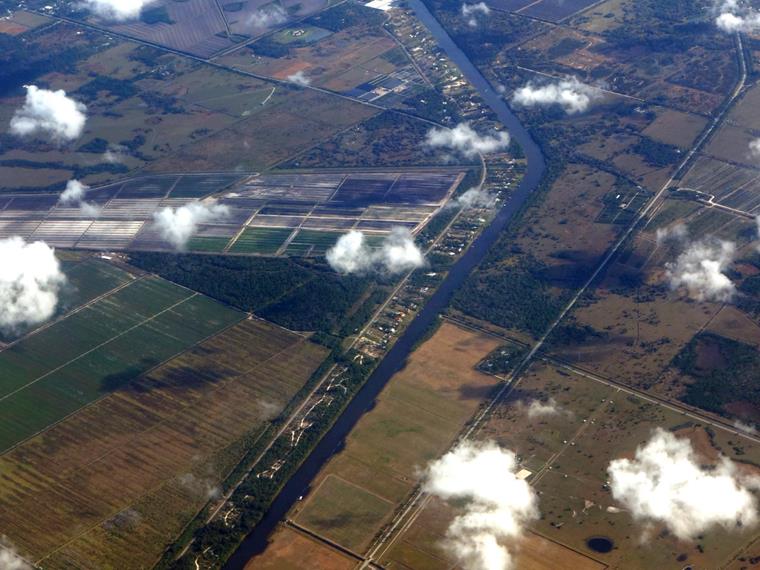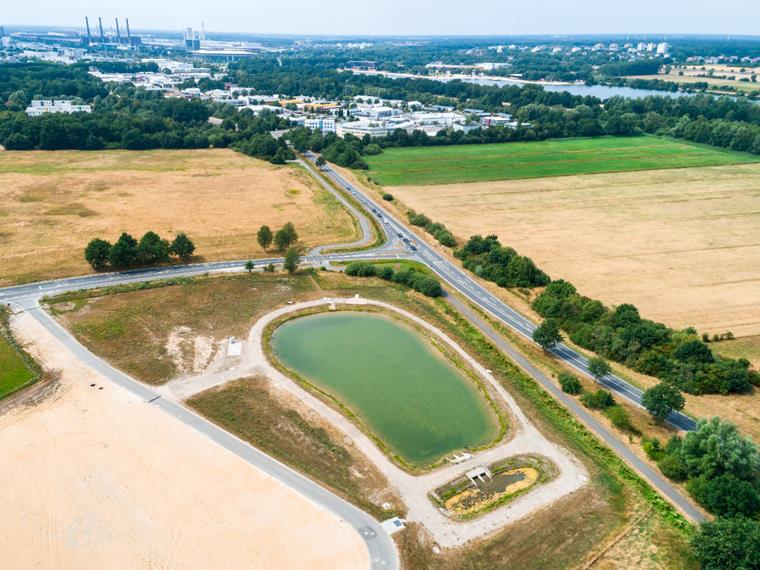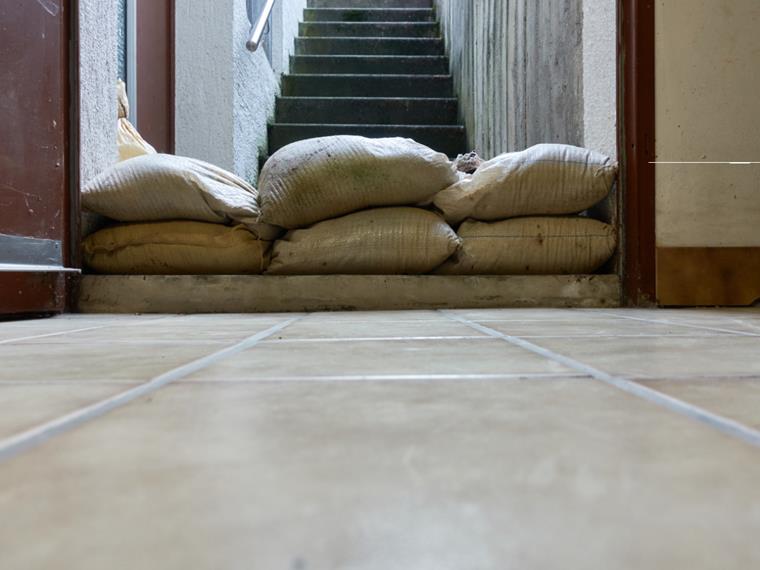Introduction
Water is one of the four elements that make up our earth. Without water, there would be no life. This is the simple formula from which all life develops on our planet.
However, water is a deadly threat when storm surges or tsunamis devastate populated areas. Last year, we saw that floods are becoming an increasing problem in Germany as well.
Story
In late May and early June 2013, devastating floods struck Central Europe. After several days of rain, severe flooding affected many European countries. These included Switzerland, Austria, the Czech Republic, Poland, Slovakia, Hungary, Croatia, Serbia, and Germany. In Germany, 56 municipalities in eight federal states were affected.
Spring 2013 was very rainy and May had been the wettest month in some areas since weather records began.
Several low-pressure areas met over Europe. At the end of May, experts measured 400 mm of rain in four days.
The soil was completely saturated and flood buffers were full. They were unable to absorb any more water.
This kind of flooding is an extreme event that occurs approximately every one hundred years. The measuring points in the Alpine and Danube regions exceeded all record values, with regard to both the intensity of precipitation and the flood of the century.
Bavaria was particularly badly affected. In Passau, a city of three rivers, floods are well-known and common. In this case, the flooding was the most extreme in 500 years. There were a total of 1,186 flooded buildings. 7,155 residents were affected.
Deggendorf also experienced an unprecedented disaster. Large parts of it were flooded when two dams failed. Around 6,000 people were in an emergency situation. Later, the residents had to demolish 150 houses. The A3 and A92 freeways had to be closed completely, due to flooding. In fact, those responsible only opened the A3 after 11 days of full closure.
In total, there were at least 25 human victims in the Central European flooding of 2013. The financial damage to property throughout Germany amounted to 6.7 billion euros. As bad as this event was, the wave of solidarity was enormous. Volunteers came from all over Germany to help the victims in Bavaria.
Today, most people have recovered from the consequences. However, the psychological stress will continue for a long time. The worst thing for the residents was the screaming of the animals. They had to be left behind so the people could save themselves.
How can we prevent another such disaster? Are humans responsible?
What is the difference between flood and inundation?
First, we have to explain the difference between a flood and an inundation.
In the case of an inundation, adjacent landscapes flood when the level of a body of water is above normal.
A flood is simply an increased water level. However, inundation does not necessarily occur. So this simply means a level that exceeds the normal one.
The risk of flooding is increased by some factors, such as the melting of snow, or long, continuous rain and heavy rains within a very short time. Rain falls until the ground can no longer absorb water. The precipitation then flows into nearby water. Therefore, the water level rises.
How are humans responsible for this?
Humans are sealing an increasing number of surfaces. More residential areas, traffic routes, sports grounds, and camping sites are being created. These surfaces can no longer absorb or store water.
They intervene in the natural flow of water. River improvements involve the straightening, widening, and deepening of rivers for ships. As a result, inundation areas are lost and runoff acceleration occurs.
Forestry also take its part of the responsibility. When forested areas are cut and thinned, less water can evaporate and be absorbed by plants. Also, floodplains and wetlands are being converted for agricultural use and soil compaction arises due to heavy agricultural machinery. As a result, the soil can absorb less water.
How is flooding related to climate change?
In general, flooding is not bad in and of itself. It is a natural event and has an important ecological function. To use one example, floods create diverse habitats.
Various animal and plant species have adapted to this. They need to alternate between inundation and desiccation. Some of the precipitation seeps into the soil, is stored temporarily, then forms groundwater. Floods only become a disaster when human values are affected and belongings are destroyed.
It is probably known to all that the Earth's atmosphere is heating more every year. More moisture is transported through the air. Rainfall amounts are increasing. This makes floods more extreme.
Adverse weather phenomena due to climate change will not be more frequent in the future, but they will be stronger. Storm surges, monsoon rains, and hurricanes are increasingly violent.
What are the consequences of flooding on buildings?
Water can get inside our structural components in the form of rainwater, seepage, or soil moisture (that is, groundwater).
One of the most common types of damage in buildings is caused by wetness or moisture. Typical water or moisture damage is corrosion damage to reinforced concrete structures and damage to external walls due to pressing water and mildew.
Floor structures are damaged by flooded basements. Short circuits may occur due to water coming into contact with electrical equipment.
What anti-flood measures are taken?
There are various measures to minimize the consequences of flooding. A white tank is one measure to protect against groundwater.
It is water-impermeable reinforced concrete that does not need any additional waterproofing. Opposite this is the black tank. Plastic and bituminous sheeting additionally seal the external sides of the walls.
There is no mobile flood protection system that has the approval of the building authorities. However, there are other measures for technical flood protection.
A flood control reservoir, a dam, regulates the flow rate of flowing water. The outgoing flood wave is dampened. The system saves excessive water loads, then returns the flood wave to its natural origin after the event.
You are probably familiar with flood dams. Stones or concrete provide reinforcement for earth dams running parallel to a river.
Floods cannot be prevented at all. While complete flood protection is impossible, experts can calculate the probability of a 50- or 100-year flood. From a statistical point of view, a century flood reaches or exceeds a certain value only once. Of course, this is an average value. This means that in a span of 100 years there may be several floods, or no floods at all. The variance is large. Sandbags can also help when provided immediately.
Our Summary
We cannot prevent floods; they are guaranteed to recur. Furthermore, humans continue to destroy natural forms of flood retention.
Therefore, we have to live with the consequences of floods and take appropriate action when such an event occurs. Past experience has shown that people stick together when catastrophes strike. In 2013, for example, many Germans performed a benefit concert for flood victims, singing the song "Weida mitanand" ("Continue Together").



